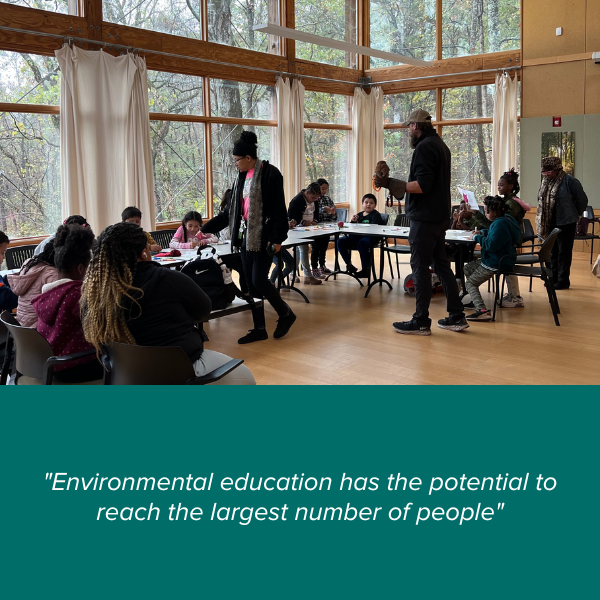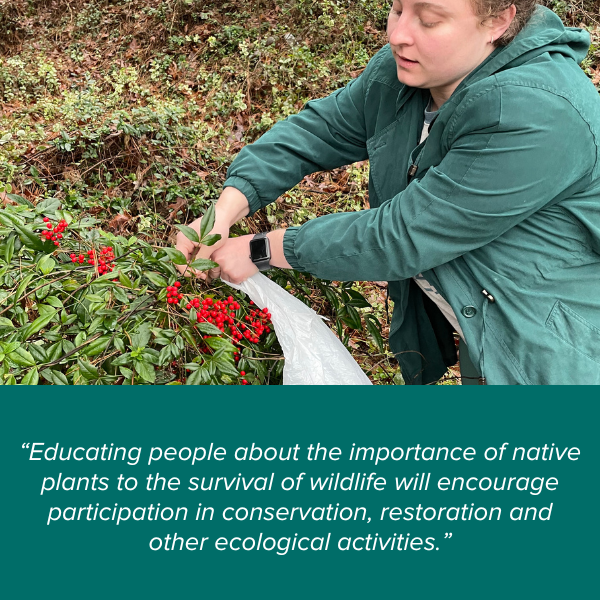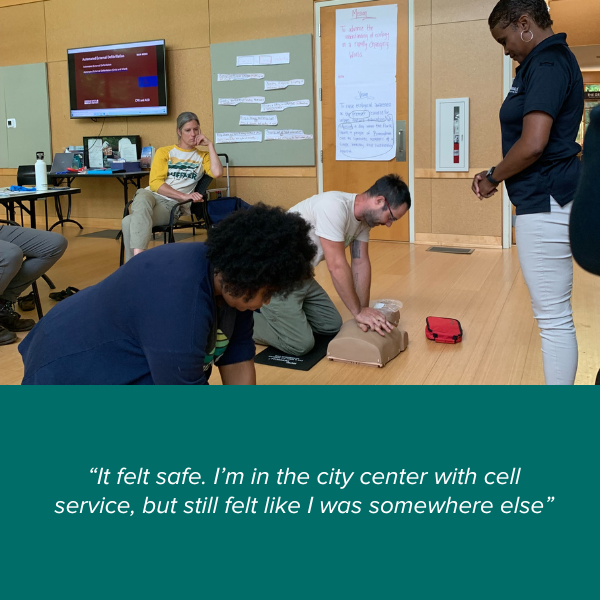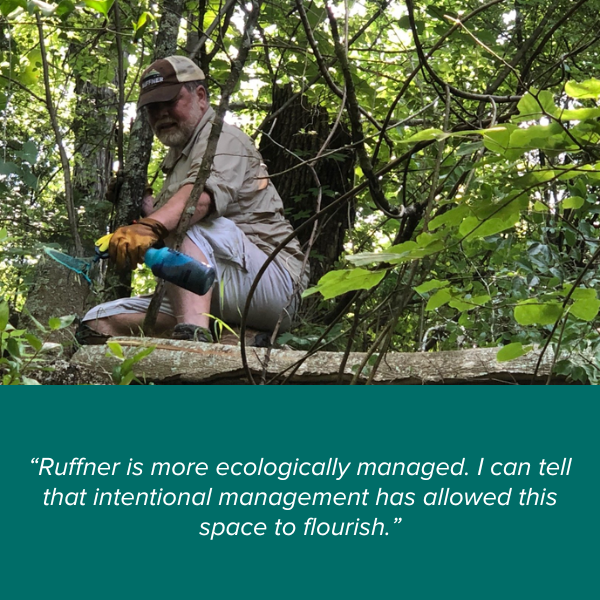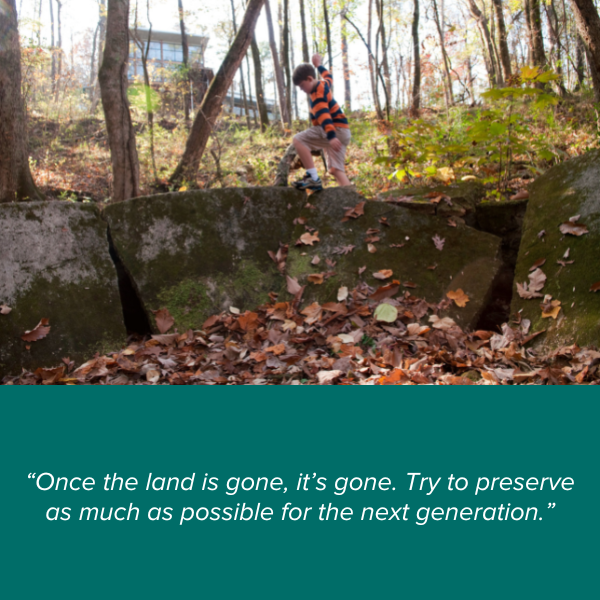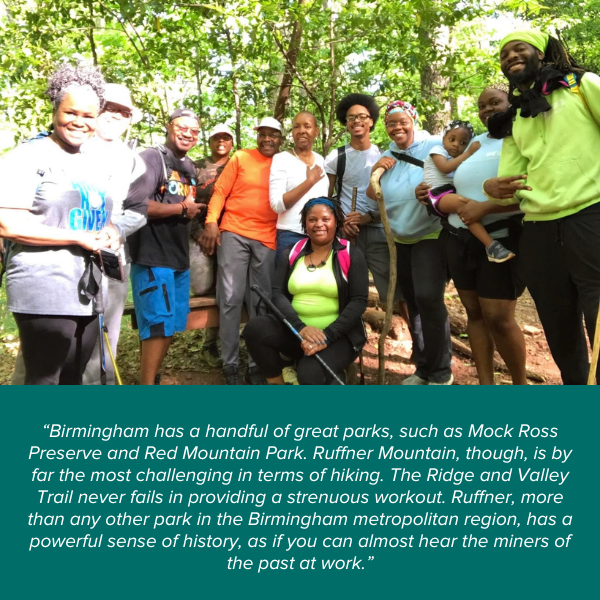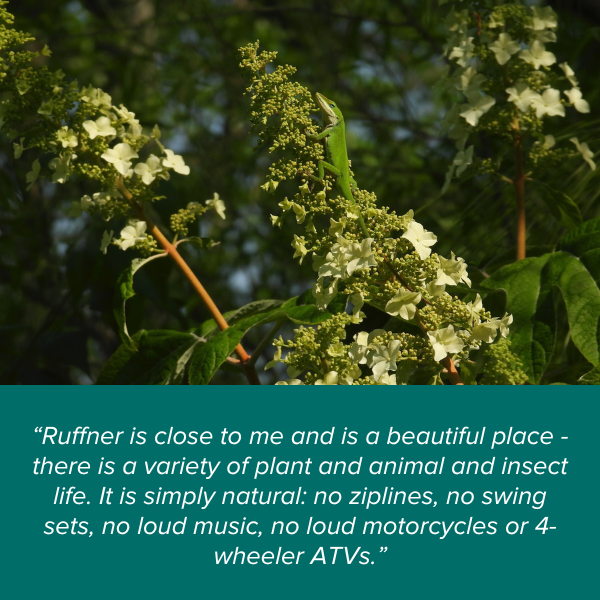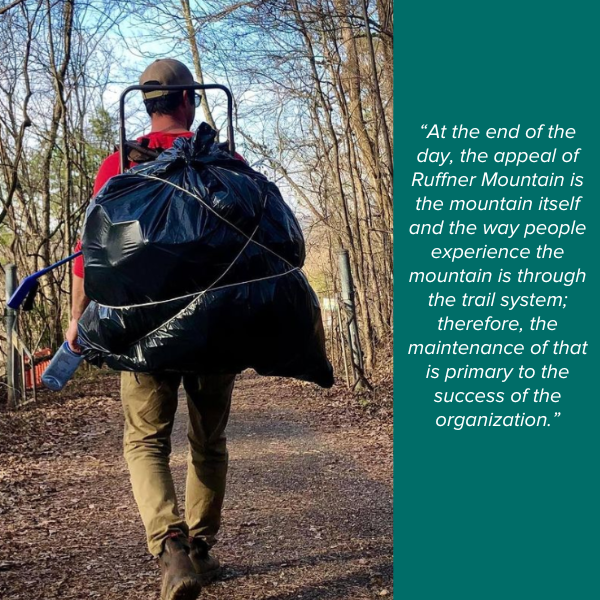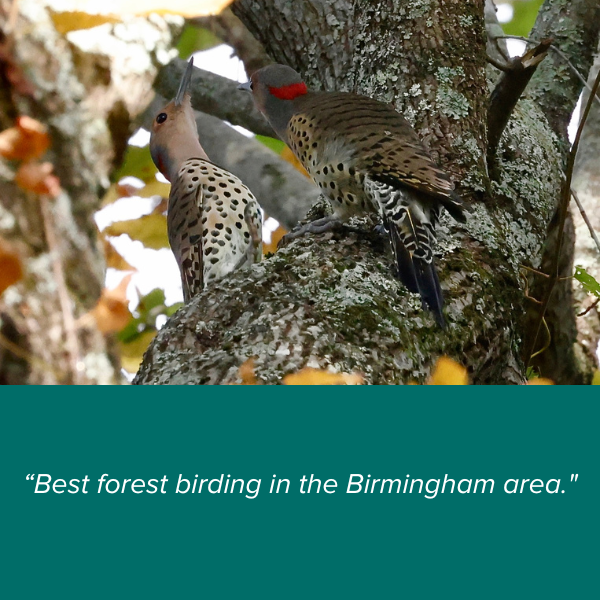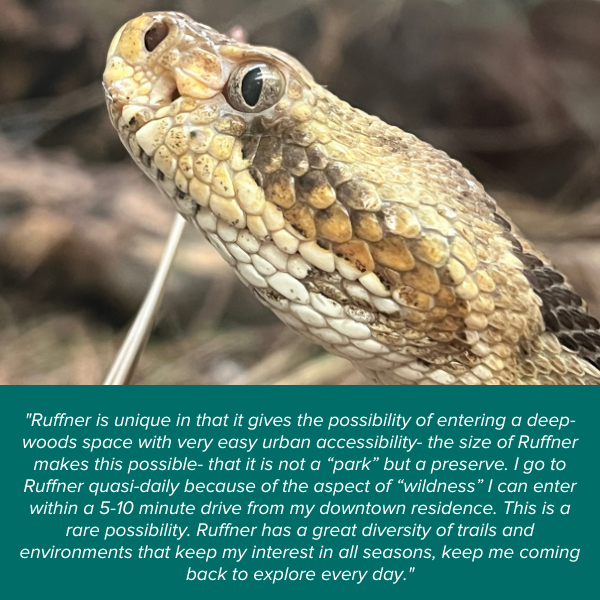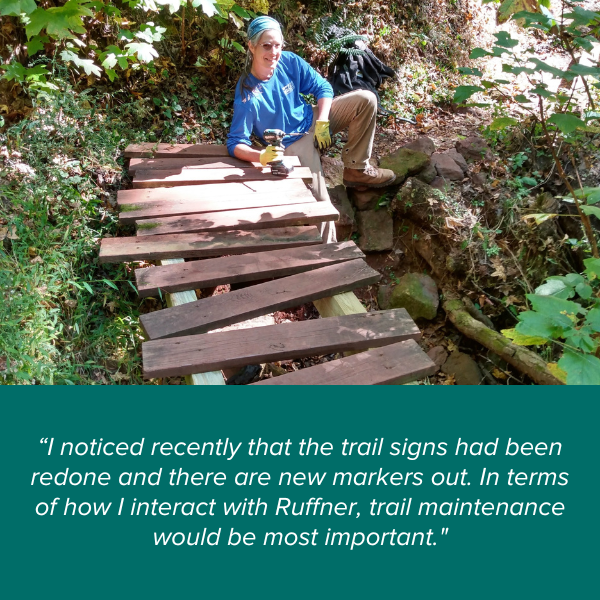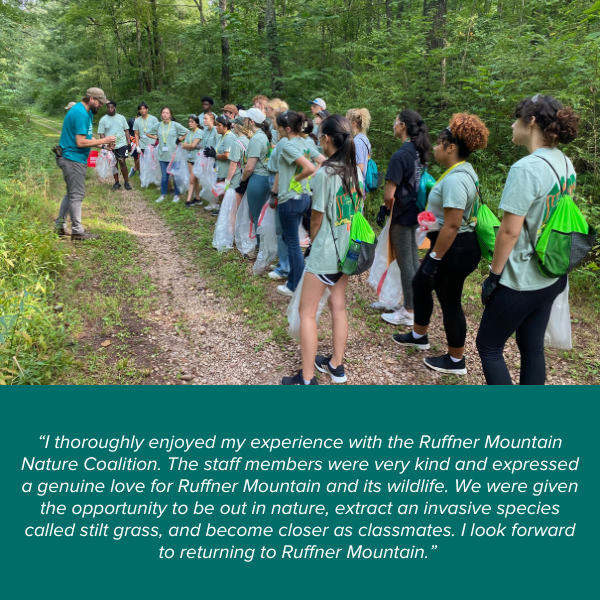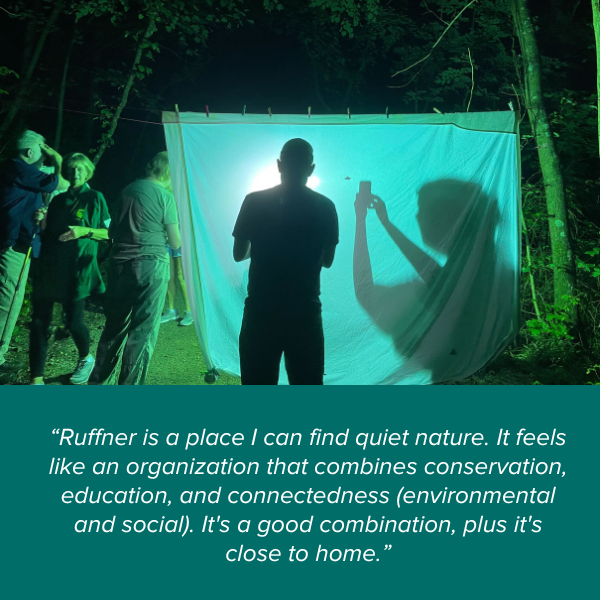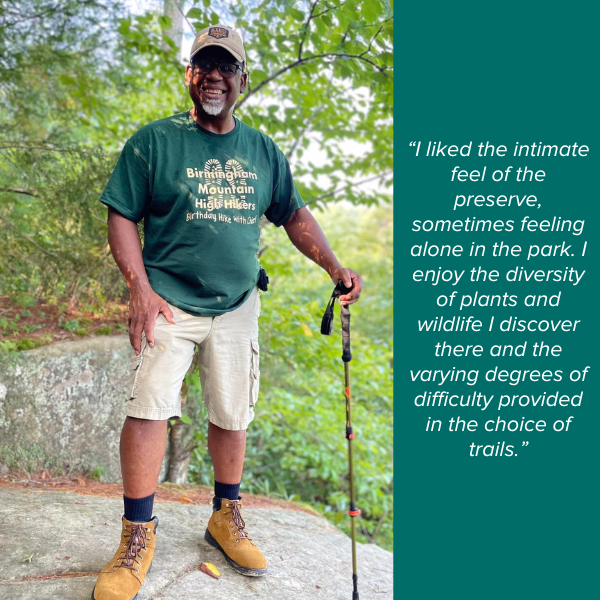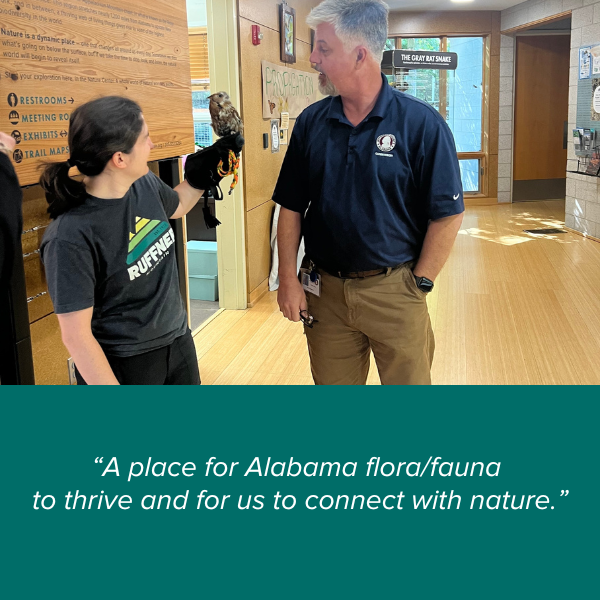Leaving soon for their northern breeding grounds, yellow-bellied sapsuckers (Sphyrapicus varius) are here now drilling sap wells and leaving neat, straight lines and rows of shallow holes in the bark of trees. Listen for squeals, squeaks and loud drumming. Look for the sapsuckers clinging to and skipping up tree trunks, boring and maintaining wells, and feeding— sipping sap, picking pieces of softer wood from the cambium layer, and grabbing insects trapped in the wells. Sapsuckers may also visit your neighborhood trees and suet feeders, and they’ll drum out territorial tap-tap-tap - - - tap-tap - - - tap-tap-taps on the house gutters, street signs, or objects in your garden.
Lichen
A winter landscape allows your eyes to wander through the forest to see the lay of the land. Noticing details and features of the mountain — structure, form and colors of tree bark and branches, boulders and gravel , fallen leaves and limbs — and among those earthy tones of browns and grays, look more intensely to find a world of lichens. Lichens are interesting and beautiful, and when you train your eyes to search for them, you’ll see so many varieties. They are everywhere!
Lichen, a composite organism — algae, fungus and cyanobacteria living in a symbiotic mutual relationship — the fungus provides physical structure and water, while the algae and cyanobacteria (using photosynthesis) produce food. With over 1000 lichen species in Alabama, it can be difficult to identify and narrow down to the genus and species, but there are other fun ways to observe lichen.
Look for the three basic forms of lichen:
- Foliose: leaf-like and has 2 sides
- Fruticose: shrubby and branch-like
- Crustose: flat and crusty
Use a magnifying glass or hand lens and get in the loupe (ha!) with lichens: a closeup look at lichen reveals miniature landscapes of color, structure, and form.
Take pictures and add your observations to iNaturalist for crowd-sourced identification. Join our iNaturalist project, Fungi of Ruffner Mountain, and when you upload an observation, it will automatically be added to the project. Explore and learn!
Self-Led Volunteer Opportunity—Removing Nandina (Nandina domestica) from Ruffner
It's that time of year when we need your help removing invasive nandina berries from the mountain. The setup will be the same as last year. Here's a refresher on how you can help control an invasive plant, and why nandina or heavenly bamboo (Nandina domestica) is bad for the environment:
Nandina berries might be pretty in the home landscape, but when they are gobbled up by birds and spread throughout the forest (scarified by gut acids and deposited along with a little fertilizer package), the seeds sprout and wreak havoc on the ecosystem by multiplying and out-competing native species. The berries contain cyanide and are especially toxic to cedar waxwings and robins, as these birds often flock in and gorge like they’re at an all-you-can-eat buffet.
Nandina is seen around the mountain along many of our trails— most notably along the Quarry trail, Trillium trail, and Nature trail. In order to prevent the next offspring of nandina from propagating, the berries can be removed, and discarded.
How do you help us get rid of nandina?
Stop at the invasive plant station at the South Eastlake trailhead where you’ll find berry removal instructions, supplies, and a sign-up sheet. Please let us know which trails you've covered and when.
At Ruffner:
- Remove red nandina berries along trail edges and place them in a bag to be discarded in the trash.
- Be careful if wandering off-trail to collect berries as there are many potential hazards off the trail.
- Stay within sight of the trail at all times.
- Be sure to wash your hands after handling the berries.
At home:
- Don’t plant Nandina. (Ha)
- Remove plants and seedlings from your landscape.
- If used as an ornamental planting - collect and discard the fruit.
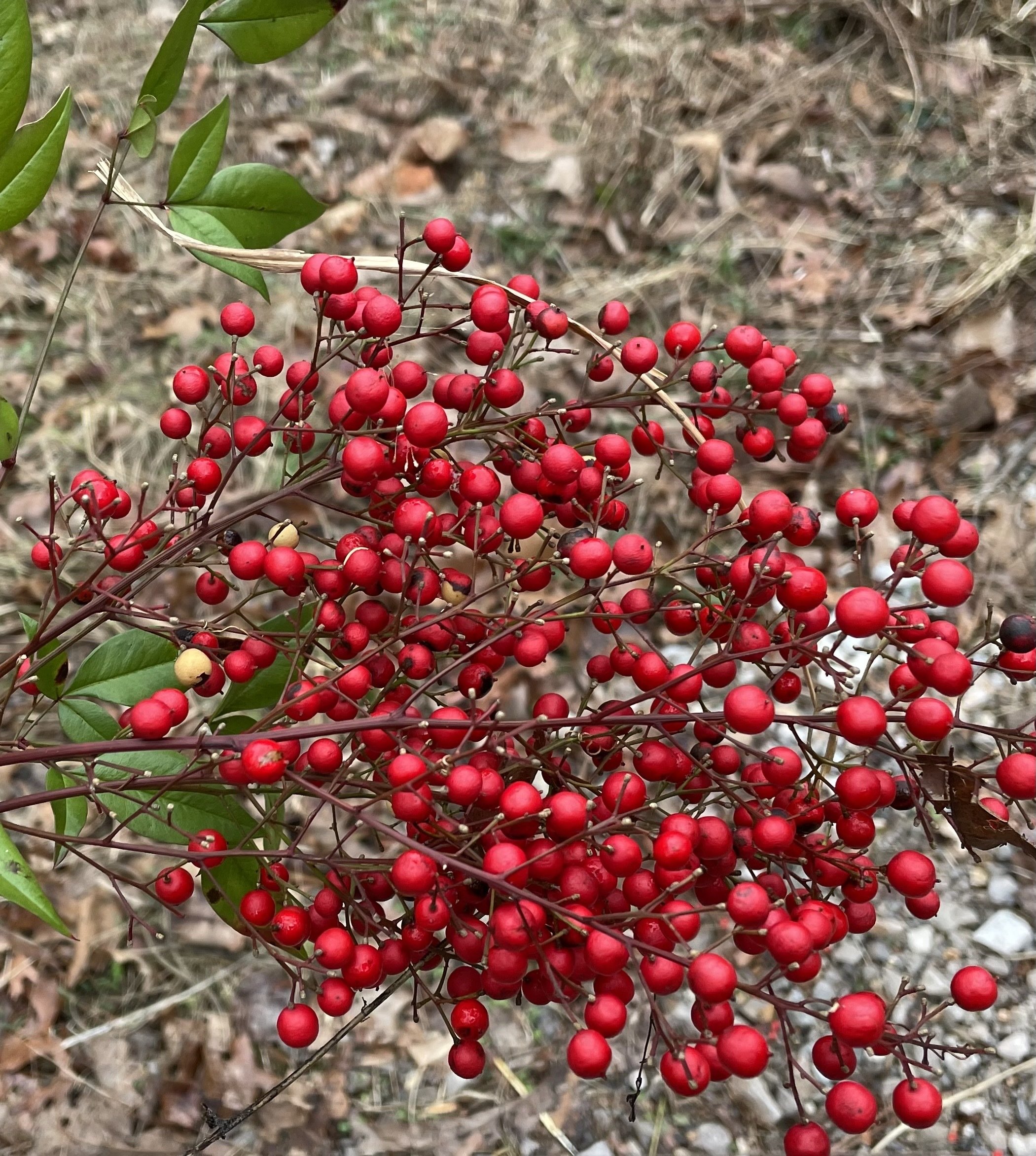
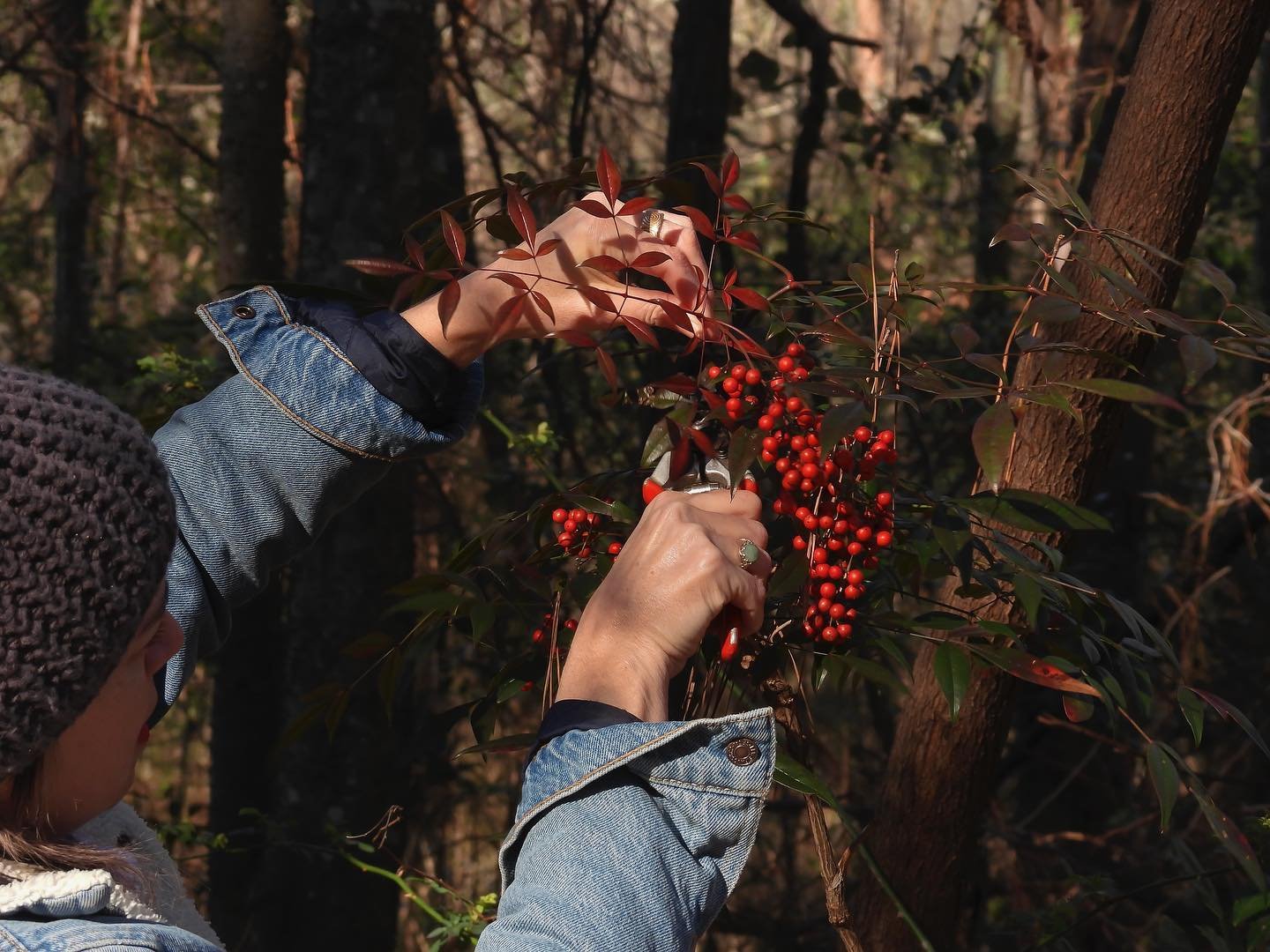
Update: We are no longer accepting applications for this position.
View the Development Director job description here and please submit your cover letter and resume to jasmine@ruffnermountain.org.
The application deadline is January 27, 2023.
Extra! Extra! Read all about it!
Emily and Ziggy need your newspaper donations! Newspapers provide clean, dry, easily-replaceable substrate for captive animal enclosures, and newspaper donations are a constant need for Ruffner animal care specialists. Please make your donations — Tuesdays through Sundays, anytime between 7 AM - 5 PM, from now until February. You’ll find the donation bin near the front door of the Nature Center.
The end of an era — In February 2023, Alabama Media Group, which includes the Birmingham News, will stop printing physical newspapers. The News is the most commonly-donated newspaper locally, and many organizations will lose their biggest source of newspaper substrate starting next month. We urge you to donate them to organizations that will be sorely in need of them in the coming years, as newspaper will be harder to come by and more expensive to obtain. Give your favorite organization with animals a call to ask if they could use your newspapers.
Happy New Year!
We are looking forward to a productive and peaceful 2023. We would also like to say Congratulations to Sierra Anderson, Ruffner's Office, and Special Projects Administrator on her new job opportunity and to Michael Witherspoon, Visitor Services Associate on returning to college.
We wish them both the very best!
How You See Us
Earlier this year, we surveyed members, visitors, partners, board members, and staff and asked the following questions: what led you to Ruffner Mountain? and what would you like to preserve at Ruffner Mountain, no matter what?
We are so grateful for your feedback and would love to share some of your responses (anonymous, of course) with some of our favorite images of the year.

